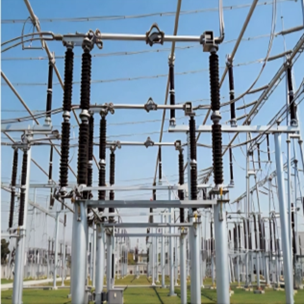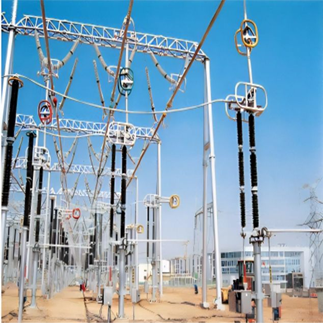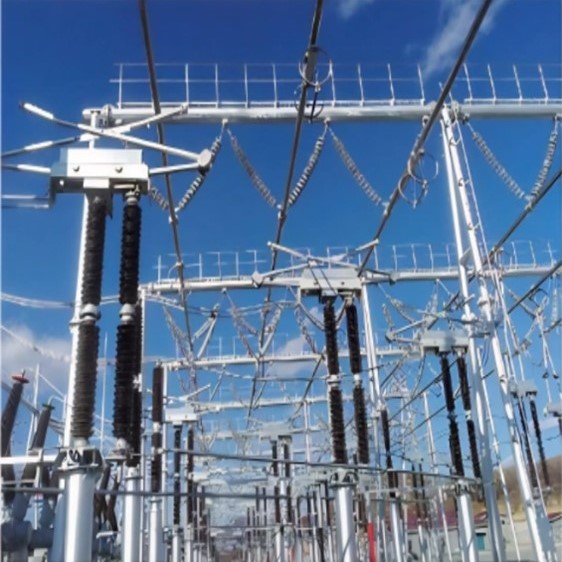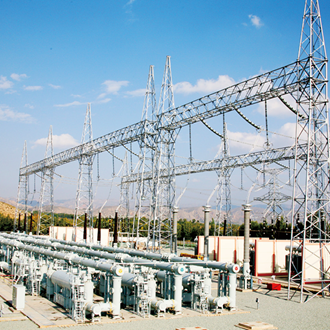High voltage Disconnect Switch Solution for Severe Weather (Typhoons, Heavy Rain) in the Philippines
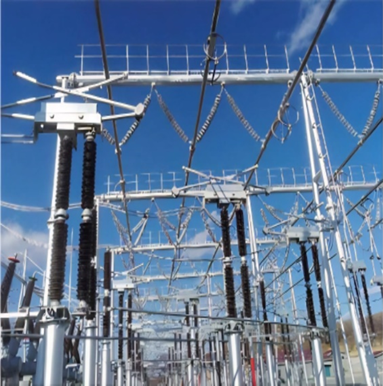
Project Background
Located in the Western Pacific typhoon belt, the Philippines experiences over 20 tropical cyclones annually, with approximately 5 developing into highly destructive typhoons (e.g., Typhoon Haiyan in 2013 caused 7,500 casualties, and Typhoon Odette in 2021 disabled 95 transmission lines). Typhoons bring multiple threats to power infrastructure through heavy rainfall, flooding, salt spray corrosion, and strong winds:
- Electrical Failures: Flooding submerges substations, causing short circuits in High voltage Disconnect Switch systems, while humidity triggers insulation failure.
- Structural Damage: Strong winds topple transmission towers, deforming and jamming mechanical components of High voltage Disconnect Switch installations.
- Voltage Fluctuations: Unstable voltage during post-disaster grid restoration (440V industrial voltage in the Philippines vs. 380V for Chinese equipment) accelerates High voltage Disconnect Switch wear.
Conventional High voltage Disconnect Switch lack sufficient disaster resilience, necessitating targeted upgrades to enhance grid robustness.
Solution
I. Environment-Adaptive Design
- Corrosion Resistance and Sealing Enhancement
- Replaced porcelain insulators with composite silicone rubber insulators for High voltage Disconnect Switch, increasing bending strength by 40% and resisting salt spray corrosion (critical for coastal areas).
- Upgraded High voltage Disconnect Switch enclosure to IP68 rating, filled with dry nitrogen to prevent flood infiltration and condensation.
- Wind and Seismic Resistance
- Installed aerodynamic spoilers on High voltage Disconnect Switch towers to reduce wind load by 30%.
- Added 3D hydraulic shock absorbers to High voltage Disconnect Switch bases to withstand Category 16 typhoons and Magnitude 8 earthquakes.
II. Smart Monitoring and Rapid Disconnection System
|
Functional Module |
Technical Parameters |
Role During Disasters |
|
Micro-meteorological sensors |
Real-time wind/rain/water monitoring |
Activates High voltage Disconnect Switch protection mode pre-landfall |
|
Millisecond-level breaking mechanism |
Response time ≤20ms |
Instantly cuts circuits via High voltage Disconnect Switch |
|
Self-diagnosing IoT platform |
4G/satellite data transmission |
Locates High voltage Disconnect Switch faults post-disaster |
III. Modular Rapid-Replacement Design
- Plug-in contact units: Pre-encapsulated High voltage Disconnect Switch cores cut replacement to 4 hours.
- Voltage-adaptive module: Integrated 440V/380V transformer ensures High voltage Disconnect Switch compatibility.
IV. Supporting Defense Systems
- Grid-Based Deployment: High voltage Disconnect Switch density increased by 50% in high-risk areas (e.g., Luzon, Visayas).
- Digital Twin Platform: Simulates typhoon impacts on High voltage Disconnect Switch networks.
Outcomes
- Enhanced Disaster Resilience
- During Typhoon Taozi (2024), High voltage Disconnect Switch reduced failure rates by 82% in Luzon pilot zones.
- High voltage Disconnect Switch prevented 23 flooding-induced short circuits, avoiding cascading blackouts.
- Economic Efficiency Optimization
| Indicator | Before | After |
|-----------------------------|------------|-----------|
| Average repair time | 72 hours | 8 hours |
| Annual maintenance cost | 2.8M∣2.8M | 2.8M∣0.9M |
| Equipment lifespan | 8 years | 15 years |
Source: NGCP 2024 Annual Report - Extended Social Benefits
- High voltage Disconnect Switch supported emergency power for 129 evacuation sites.

